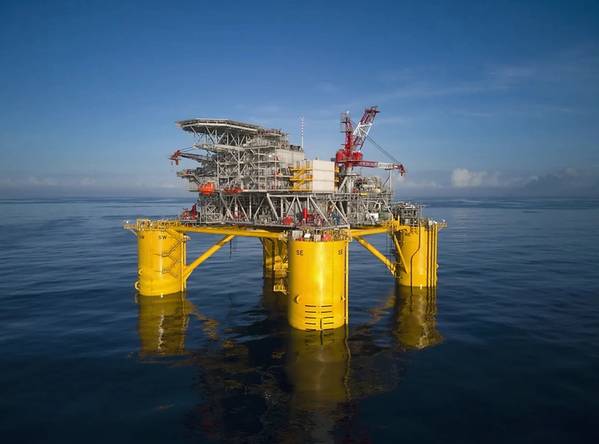
Shell announced it will use water injection to enhance oil volume capacity at its deepwater Vito field in the U.S. Gulf of Mexico.
The British multinational oil major on Wednesday said its Shell Offshore Inc. subsidiary has taken a final investment decision (FID) on the project, which will see water injected into the reservoir formation to displace additional oil starting in 2027.
Waterflood is a method of secondary recovery where the injected water physically sweeps the displaced oil to adjacent production wells, while re-pressurizing the reservoir. The three water injection wells were all drilled as pre-producers.
“Over time, we’ve seen the benefits of waterflood as we look to fill our hubs in the Gulf of Mexico,” said Zoë Yujnovich, Shell Integrated Gas and Upstream Director. “This investment will deliver additional high-margin, lower-carbon barrels from our advantaged Upstream business while maximizing our potential from Vito.”
Shell said it expects the waterflood project will increase Vito's recoverable resource volume by 60 million boe. The estimate of resources volumes is currently classified as 2P and 2C under the Society of Petroleum Engineers’ Resource Classification System.
The Vito field was discovered in July 2009, in more than 4,000 feet of water approximately 75 miles south of Venice, LA, 150 miles southeast of New Orleans and 10 miles south of the Shell-operated Mars tension-leg platform (TLP).
In 2015, the original Vito host design was simplified and rescoped, resulting in a reduction of approximately 80% in CO2 emissions over the lifetime of the facility as well as a cost reduction of more than 70% from the original host design concept.
Shell (Operator 63.11%) and Equinor (36.89%) announced FID for the Vito development in April 2018, with first oil achieved in February 2023.
Given the properties of the Vito reservoir, energy is required to maximize the producing rate of existing wells and thus ultimate recovery.


